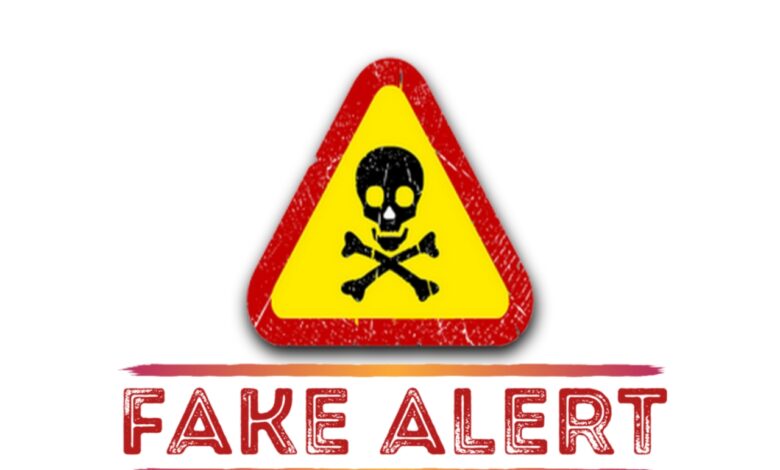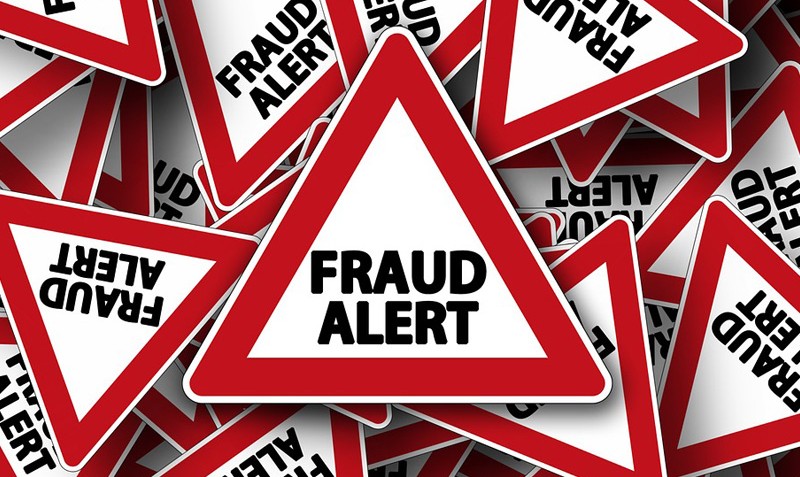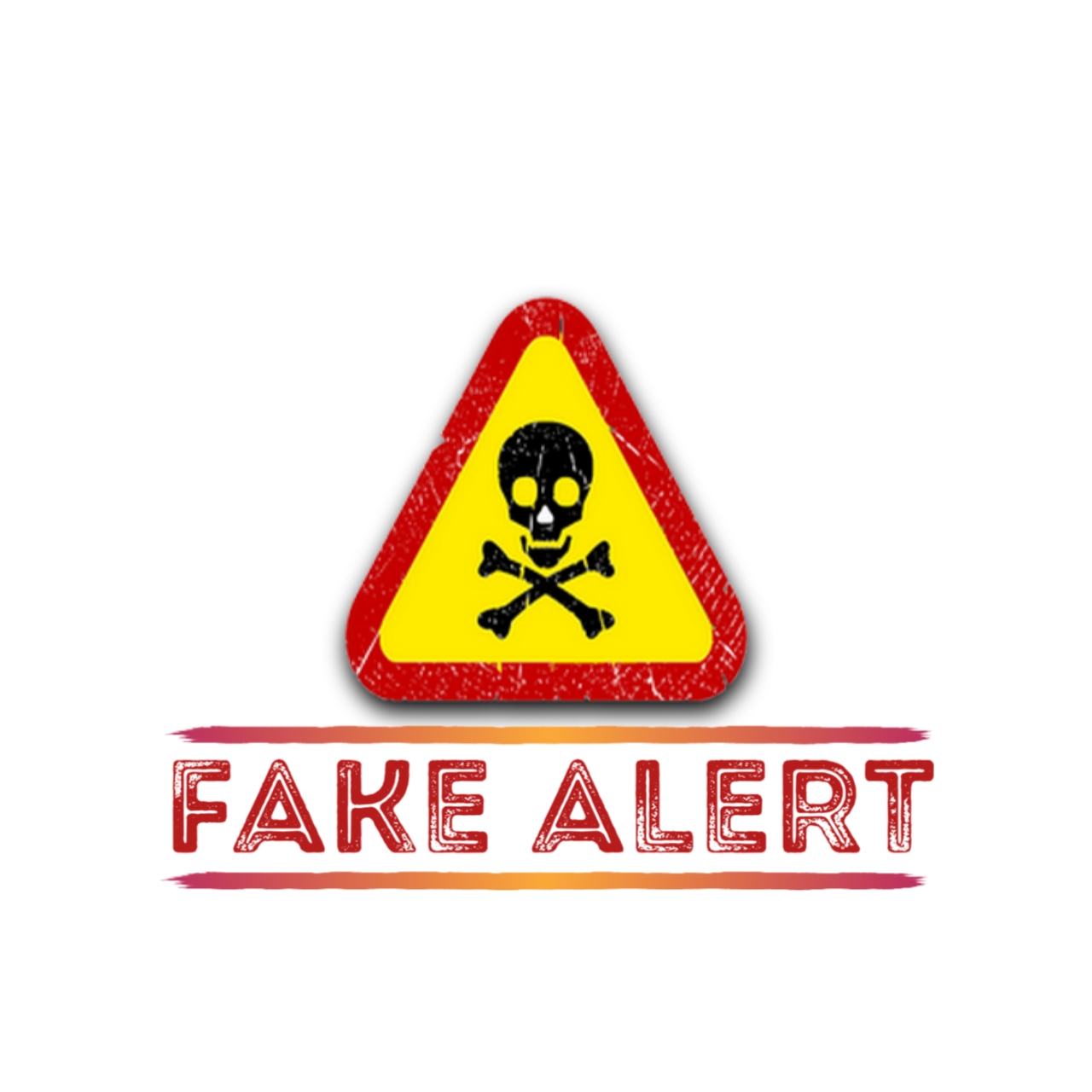How To Detect Fake Bank Alert(All you need to Know)
Here are some helpful tips for spotting a fake money transfer

How To Detect Fake Bank Alert(All you need to Know): Financial transactions are easier than ever in the current digital era. You can transfer and receive money, pay bills, and make online purchases with a few clicks. But this ease of use has also led to an increasing worry: the existence of fraudulent money transfers. Scammers and fraudsters are getting more and more crafty in their attempts to fool gullible people. ENoughInfo.com
Read Also: How to Save Your Money With PiggyVest

So, how can you go around in this environment and guard against financial fraud? We’ll examine how to spot a fraudulent money transfer in this guide, along with helpful tips for protecting your cash and warning indicators to look out for. Dotun’s ex-wife Taiwo found guilty of contempt, risk jail term
In the current digital landscape, being able to recognise a fraudulent transfer is an essential ability for everyone who values their hard-earned money, be they an experienced online shopper, small company owner, or just regular people.
How To Detect Fake Bank Alert
1. Confirm the sender’s Information
An authentic bank alert will consistently have the name and logo of the bank along with the sender’s phone number or email address that corresponds to the bank’s official contact information. By phoning the bank directly or visiting their website, you can double-check this information.
2. Check tone and language
Spelling and grammar faults are common in fake bank warnings, along with a casual tone. Legitimate bank alerts are often composed in an official, businesslike tone. Any warnings that request private information, such as passwords or PINs, should be avoided. Banks never request this kind of data via notifications.
Read Also: Cybersecurity Consulting and Its Importance in the Digital Age
3. Beware of Suspicious Links
Fake bank warnings sometimes include links that install malware or go to fraudulent websites aimed to steal personal information. Hover over any links to read the URL and ensure it is a secure site before clicking on them. If you feel that a link is fraudulent, do not click on it and instead contact the bank immediately.
4. Confirm the transaction with the sender
If you receive a money transfer notice from someone you know, contact or text them to check that they initiated the payment.
5. Search for Inconsistencies
Inconsistencies in the content or layout of fake bank warnings might assist detect them. A true bank alert, for example, will include the account number and transaction data, but a fake alert may not.
Read Also: 15 Common Mistakes to Avoid in Personal Finance Management
6. Look for Spelling and Grammar Errors
Fraudulent bank alerts often contain spelling and grammar mistakes. Genuine bank communications are usually professionally written and error-free.

How To Detect Fake Bank Alert(All you need to Know)
7. Verify the Transaction Reference Number:
Ask the sender for the transaction reference number, and verify it with your bank to confirm the transaction’s legitimacy.
8. Verify your Account Balance
If you receive a money transfer alert but your account balance does not reflect the transfer, the alert is most likely a forgery.
Read Also: What Money Market Account Is And How It Works
9. Check with the bank
If you have any reservations regarding the legitimacy of a bank alert, you should contact the bank directly. Banks offer customer service departments that can help you validate the alert and give information on any recent transactions.
MAJOR TIP
Avoid Immediate Product or Service Release:
Do not quickly release items or give services after getting a bank alert. Scammers frequently pressure you to make a rapid decision. Wait for your bank to confirm the payment.
Conclusion
Spotting a fake bank notification entails confirming facts, using legitimate channels, and remaining wary. Scammers are getting more clever, so it’s critical to be careful and validate that any bank warning or payment confirmation you receive is authentic before acting.
FAQs & Answers
1. What should I do if I’ve already fallen victim to a fake bank alert?
If you’ve fallen victim to a fake bank alert, contact your bank immediately to report the incident. They can guide you on the necessary steps to mitigate any potential losses.
2. Are there specific legal actions I can take against scammers using fake bank alerts?
Legal actions may vary depending on your jurisdiction and the specifics of the scam. Consult with a legal professional to explore your options for taking legal action against scammers.
3. Can I rely on the appearance of a bank alert to determine its authenticity?
The appearance of an alert can be misleading. Scammers often create convincing fake alerts, so it’s essential to rely on thorough verification and not solely on the alert’s appearance.
4. How can I report a fake bank alert to authorities or the bank itself?
You can report a fake bank alert to the appropriate authorities, such as law enforcement or financial regulatory agencies. Additionally, inform your bank, providing all relevant details and documentation.




